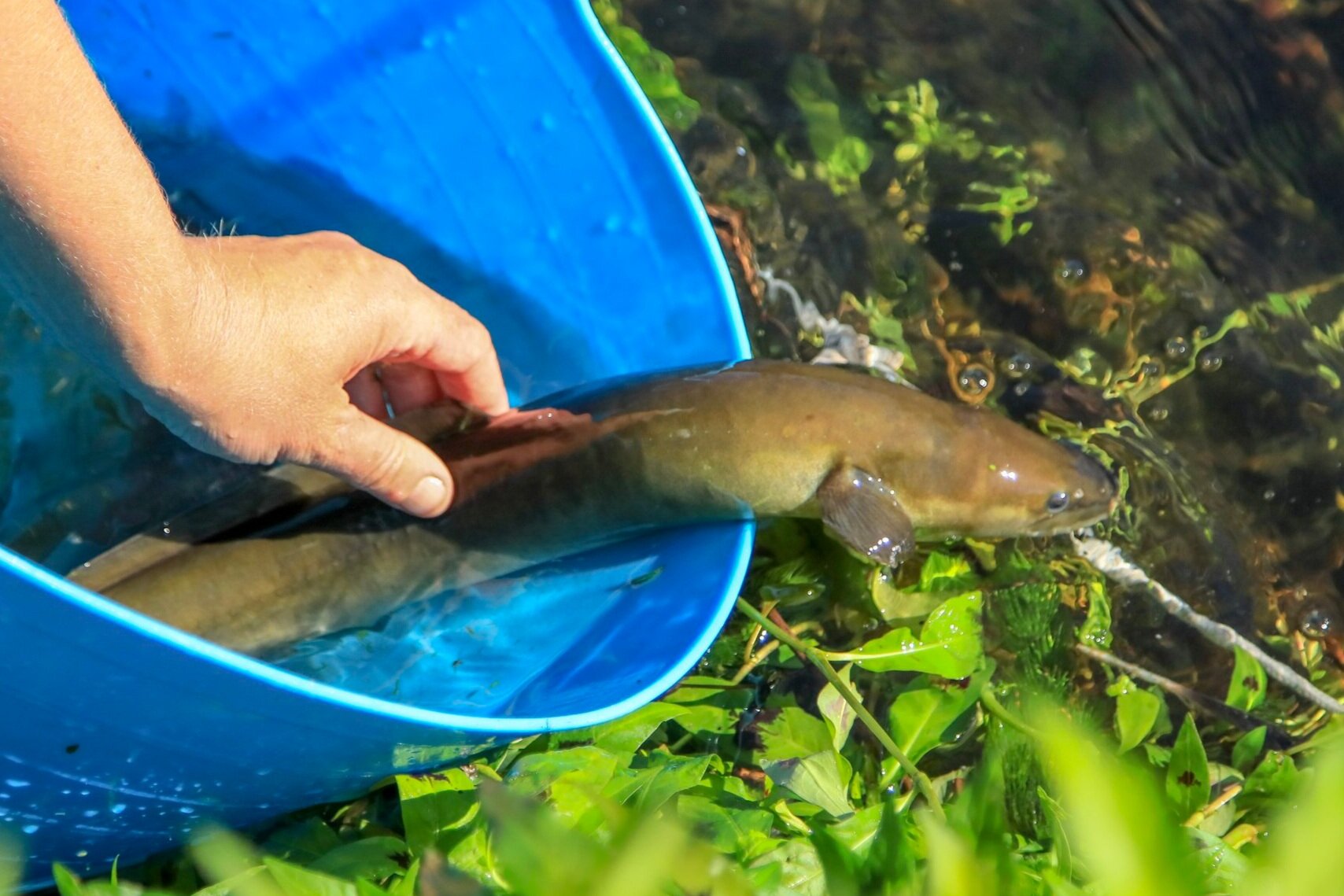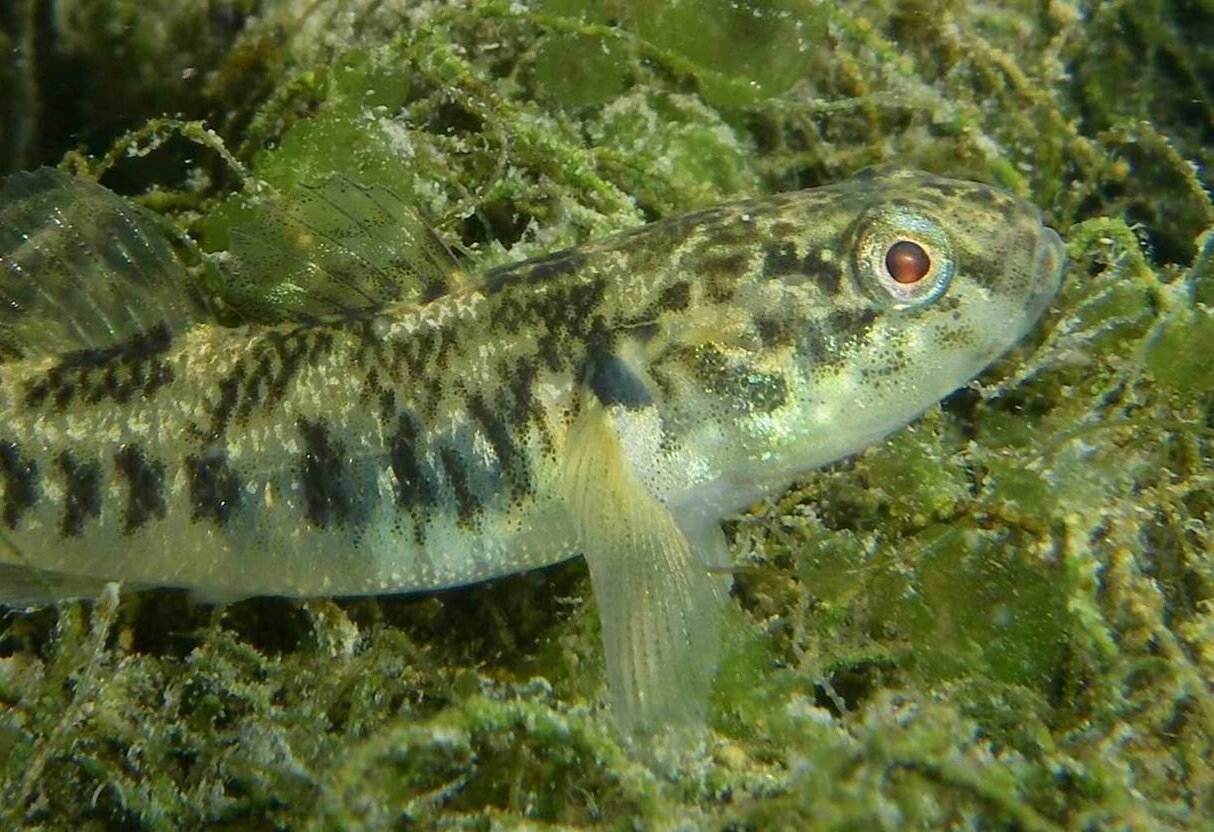Prepare to be inspired by nationally recognised restoration efforts at Wairio by community group Ducks Unlimited. Once a paradise for waterfowl and aquatic species, the wetlands were greatly affected by drainage schemes in the twentieth century. Today they are a living example of what is possible through wetland restoration efforts.
As you walk through the wetlands you’ll see native vegetation, planted to support regeneration. Indomitable tōtara trees once stood majestic throughout the wetland forest. They were missing for many years, but due to restoration efforts they have now returned. The wetlands are also home to many waterfowl and wading birds including a number of threatened birds like the elusive matuku (Australasian bittern) and pūweto (spotless crake). Both of these birds are so rare and secretive they are usually only identified by the noises they make. You can hear them on the NZ Birds Online website by searching for their name.
Walking around Boggy Pond now feels a little like walking through a willow and alder graveyard. These introduced trees posed a threat to the native plant communities and the animals that live there. Control of these trees is allowing the native species to return.
Getting here
Boggy Pond and Wairio Wetland are on the eastern side of Lake Wairarapa, 22 kilometres out of Featherston. Access is from Parera Road, off Kahutara Road.
Find out more
Walks in Boggy Pond and Wairio Wetland
















